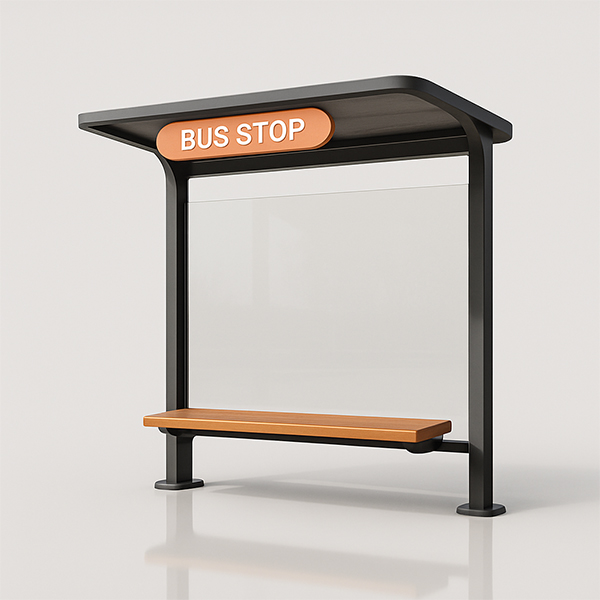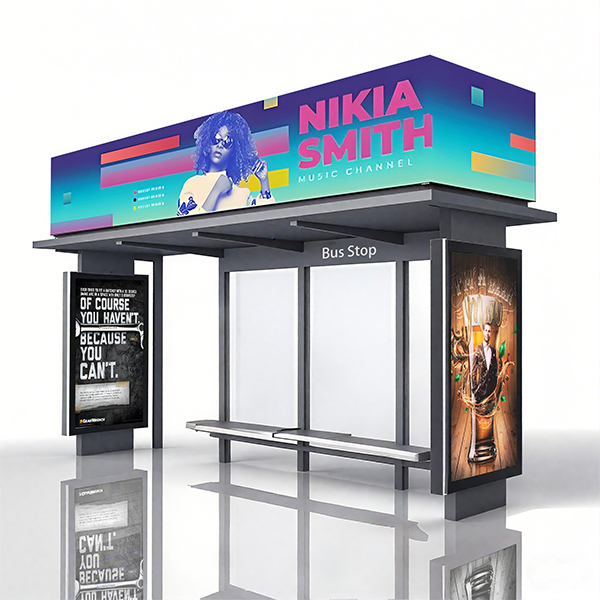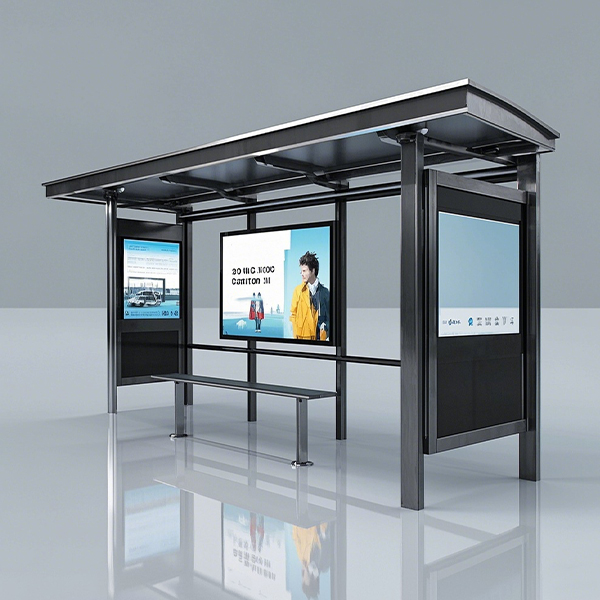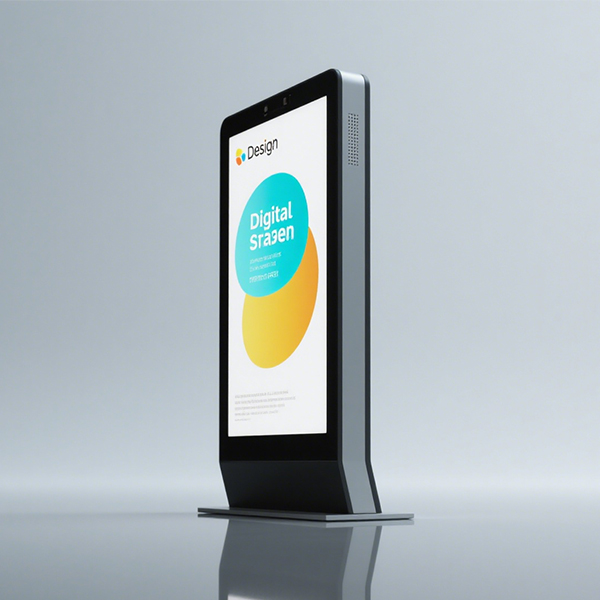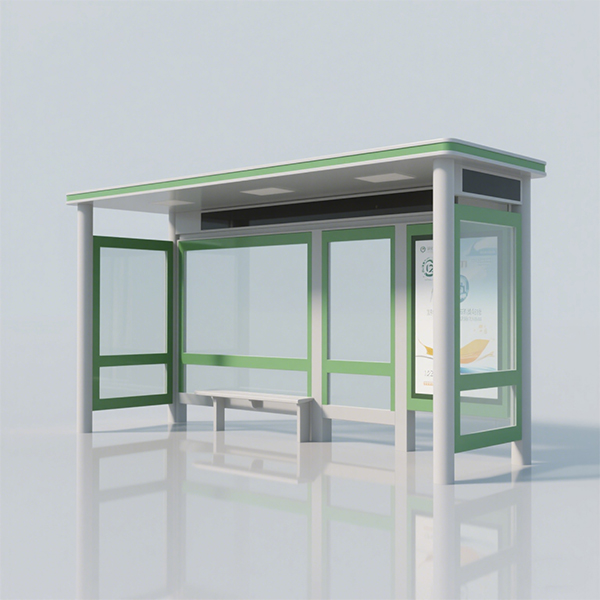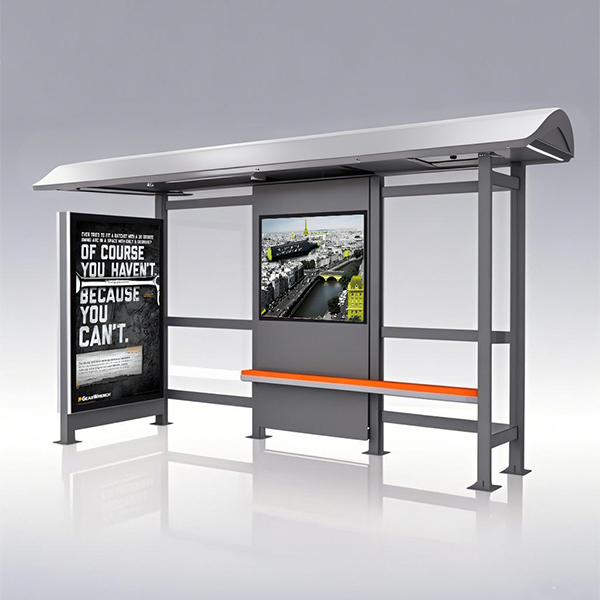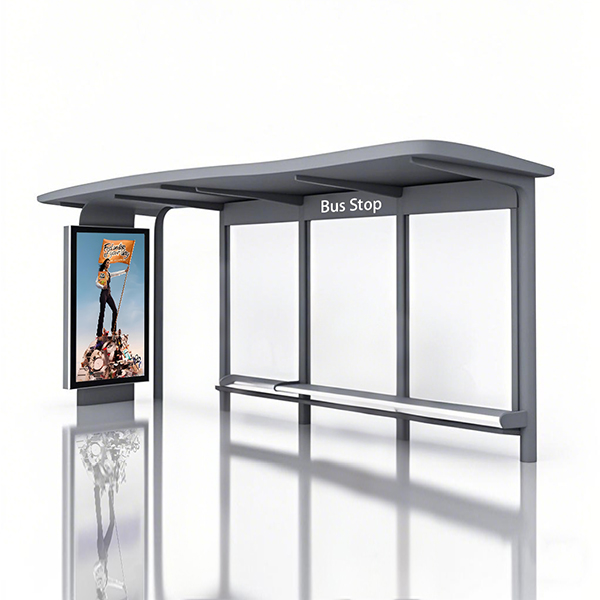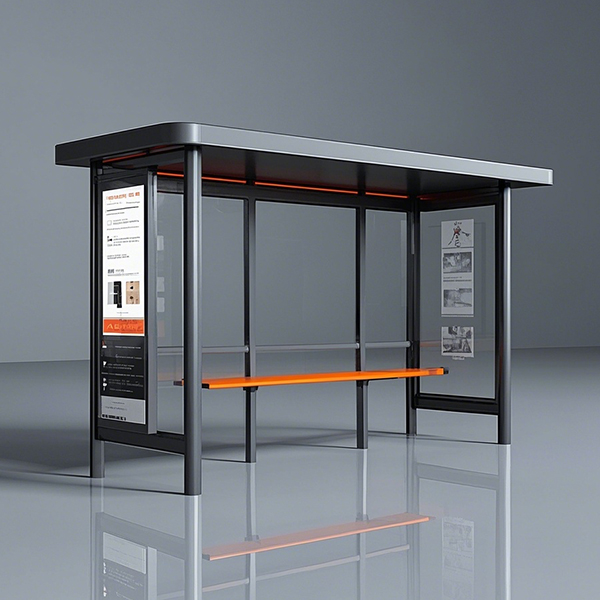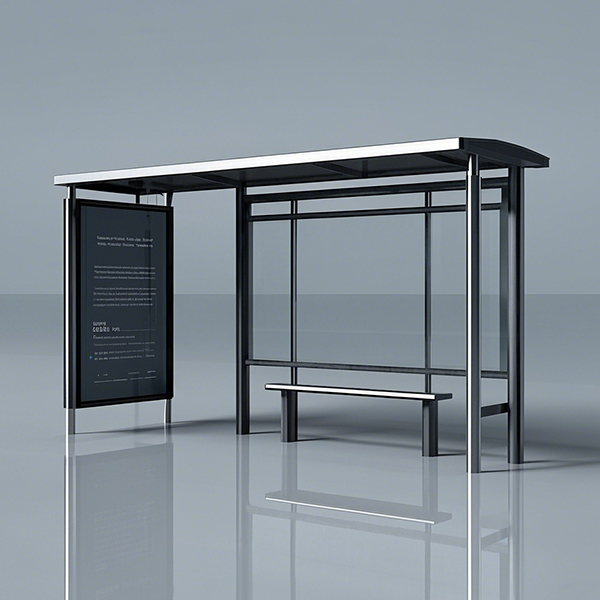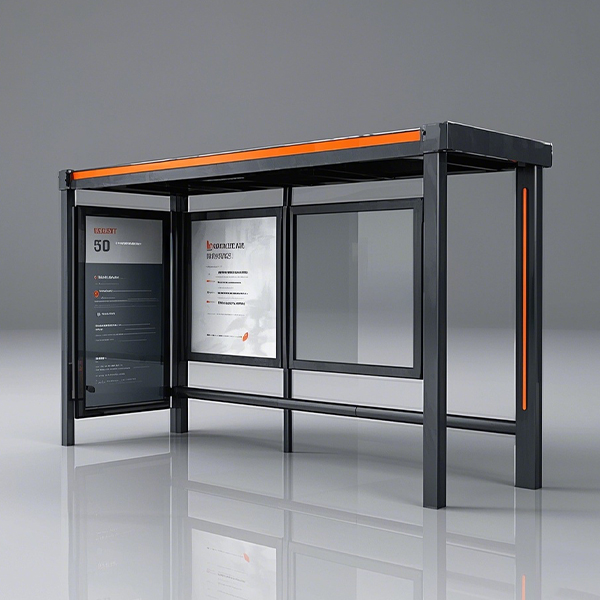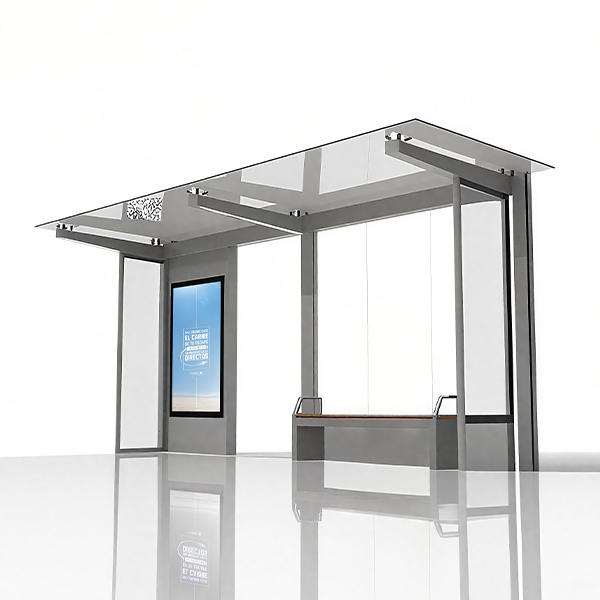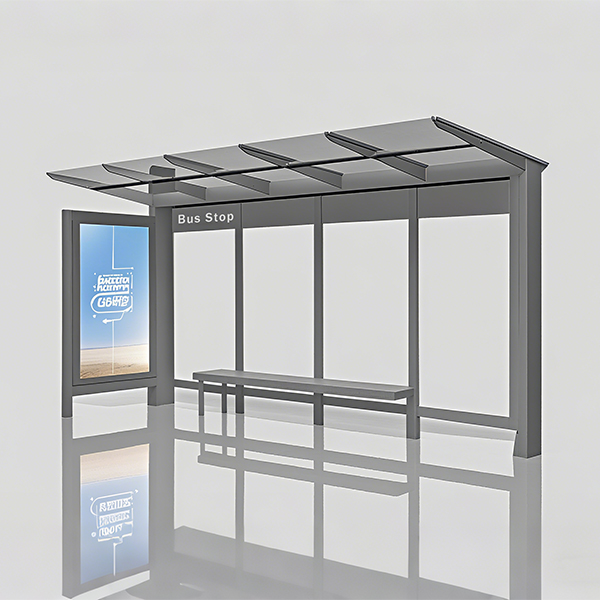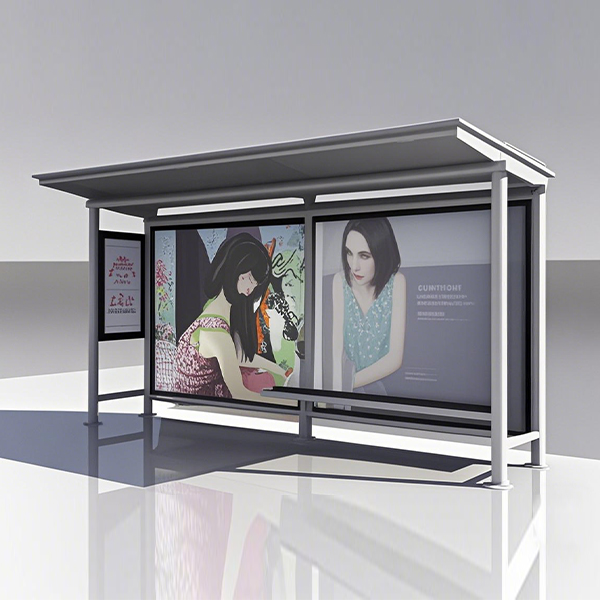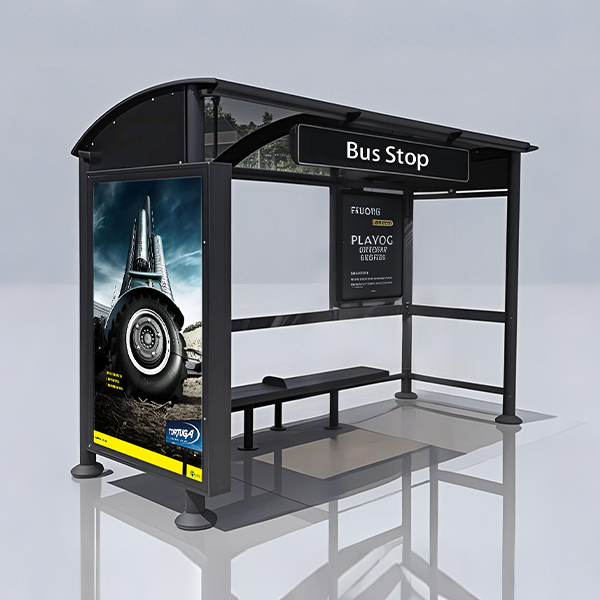
Bus Stop Station
This guide provides a detailed overview of bus stop stations, covering their design, functionality, accessibility, and the technologies shaping their future. We'll explore various aspects, from the basic infrastructure to the smart features enhancing passenger experience and operational efficiency. Learn about the different types of bus stop stations, their impact on urban planning, and how they contribute to a more sustainable and efficient public transportation system.
The Anatomy of a Bus Stop Station
Basic Infrastructure
A typical bus stop station includes a shelter providing protection from the elements, seating for passengers, clear signage indicating routes and schedules, and adequate lighting for nighttime visibility. The size and features of a bus stop station can vary significantly based on passenger volume, location, and local regulations. Consideration is also given to accessibility, often including ramps and tactile paving for visually impaired individuals.
Smart Bus Stop Stations: Enhancing the Passenger Experience
Modern bus stop stations are increasingly incorporating smart technologies to enhance the passenger experience and improve operational efficiency. These smart features often include real-time arrival information displays, integrated passenger information systems, and even Wi-Fi connectivity. Some advanced bus stop stations may also integrate with mobile ticketing apps, allowing for seamless payment and access control.
Types of Bus Stop Stations
Bus stop stations come in various forms, tailored to specific needs and environments. The design and features can significantly influence passenger comfort and safety.
| Type | Description | Advantages | Disadvantages |
|---|---|---|---|
| Basic Shelter | A simple structure offering basic protection from the elements. | Cost-effective, easy to install. | Limited comfort and features. |
| Elevated Station | Often found in high-traffic areas, offering better visibility and accessibility. | Improved safety, better visibility. | Higher construction costs. |
| Smart Station | Equipped with real-time information displays, Wi-Fi, and other smart features. | Enhanced passenger experience, improved efficiency. | Higher initial investment, potential for technical issues. |
Designing for Accessibility and Sustainability
Designing accessible and sustainable bus stop stations is crucial. This includes providing ramps and tactile paving for visually impaired passengers, utilizing eco-friendly materials, and incorporating energy-efficient lighting and heating/cooling systems. Sustainable design minimizes environmental impact and enhances the overall passenger experience.
The Future of Bus Stop Stations
The future of bus stop stations is likely to be shaped by continued technological advancements and a focus on sustainability. We can expect to see more widespread adoption of smart technologies, improved integration with other modes of transportation, and a greater emphasis on creating comfortable, accessible, and environmentally friendly waiting areas. Companies like Shandong Luyi Public Facilities Co., Ltd. are at the forefront of innovation in this field, developing cutting-edge solutions for modern bus stop stations.
Conclusion
Bus stop stations are more than just waiting areas; they are integral components of a city's public transportation network. Understanding their design, functionality, and the technologies shaping their evolution is critical for creating efficient, accessible, and sustainable urban environments. By considering the factors discussed in this guide, we can work towards creating bus stop stations that better serve the needs of passengers and contribute to a more connected and sustainable future.
Соответствующая продукция
Соответствующая продукция







